Petroleum jelly, or white petrolatum USP, stands as one of the most enduring and versatile materials in modern healthcare. First discovered in the 19th century, it has evolved from an industrial by-product into a cornerstone of pharmaceutical and dermatologic formulations. Known for its ability to create a water-impermeable barrier, it helps retain skin moisture and protect wounds from infection. This article explores petroleum medicine use and petroleum jelly for pharmaceutical use, reviewing its mechanism of action, clinical evidence, formulation science, and global relevance.
Petroleum Jelly for Pharmaceutical Use (White Petrolatum USP)
What It Is and How It Works (Occlusive Barrier, TEWL)
White petrolatum USP is a purified mixture of saturated hydrocarbons obtained from petroleum. Its occlusive nature forms a physical layer over the skin, which significantly reduces transepidermal water loss (TEWL). A landmark study titled ‘Effects of petrolatum on stratum corneum structure and function’ (PubMed ID: 1564142) demonstrated that petrolatum not only prevents water evaporation but also aids in lipid reorganization, promoting faster recovery of the stratum corneum barrier. By locking in hydration, it enhances skin elasticity and supports the natural healing process.
For high-quality formulations and consistent performance, sourcing from a reputable vaseline producer — a leading petrolatum supplier and petroleum jelly manufacturer trusted by global skincare brands — ensures purity and compliance with USP standards.
Moreover, recent findings from ‘Petrolatum: Barrier repair and antimicrobial responses underlying this “inert” moisturizer’ (PubMed ID: 26431582) reveal that petrolatum triggers beneficial antimicrobial peptides, supporting the skin’s innate defense system—contrary to its outdated reputation as an inert substance.
Grades and Standards (White vs. Yellow; USP/BP; CAS 8009-03-8)
Pharmaceutical-grade white petrolatum is stringently purified and tested under the United States Pharmacopeia (USP) and British Pharmacopoeia (BP) standards. Unlike yellow petrolatum, which may contain trace unsaturated hydrocarbons, white petrolatum is odorless, colorless, and free from polycyclic aromatic hydrocarbons (PAHs). Its CAS number, 8009-03-8, designates it as safe for topical and mucosal pharmaceutical use. Compliance with these monographs ensures reproducibility, purity, and patient safety.
Medical & Pharmaceutical Uses
OTC Skin Protectant for Minor Cuts, Burns, Abrasions, Chapped Skin/Lips
As an FDA-approved over-the-counter (OTC) skin protectant, petroleum jelly prevents dryness and promotes healing in minor wounds and burns. Its ability to accelerate epithelial closure has been confirmed in clinical studies, showing a 1.6-day faster healing time compared to untreated wounds (PMC12495661). Furthermore, according to a 2019 PubMed review, 84% of wound-care professionals recommend petroleum-based ointments due to their safety, affordability, and proven efficacy.
Post-Procedure & Wound Care (Dermatology/Surgical Aftercare)
Petroleum jelly’s occlusive properties make it indispensable in dermatologic surgery and postoperative wound care. A controlled study published in the Journal of Drugs in Dermatology found that crust formation decreased from 47% without ointment to just 12% with white petrolatum (JDD Online, 2013). By maintaining a moist environment, it minimizes scarring and accelerates tissue regeneration.
Neonatal & Pediatric Care (Diaper Rash; Eczema Prevention)
In neonatal care, white petrolatum is frequently used to prevent diaper dermatitis and protect delicate infant skin. Its hypoallergenic, fragrance-free nature makes it ideal for sensitive populations. Clinical data (PubMed 37315800) confirm that daily application reduces transepidermal water loss and strengthens the immature epidermal barrier in infants.
Mucosal/Nasal Care and Irritation Prevention
Petroleum jelly for pharmaceutical use is also formulated for nasal and mucosal care, where it prevents irritation from dryness or medical oxygen therapy. Its chemical inertness ensures compatibility with delicate mucous membranes, reducing the risk of inflammation or allergic reactions.
Barrier Repair in Chronic Dermatitis
Patients suffering from chronic eczema or atopic dermatitis benefit from white petrolatum’s barrier-repairing capabilities. In a comparative study (‘A comprehensive review of its history, uses, and safety’, PubMed 37315800), white petrolatum demonstrated superior hydration retention and reduced flare-up frequency. It remains the dermatologist’s first-line recommendation for managing xerotic skin conditions.
Compounding & Formulation Guide
Using White Petrolatum as an Ointment Base/Vehicle
In pharmaceutical compounding, white petrolatum serves as a semi-solid base providing viscosity, stability, and sustained release. It acts as a vehicle for both lipophilic and hydrophilic APIs when combined with emulsifiers. Studies in formulation science confirm its inertness and chemical compatibility, making it the preferred base for antibiotic, corticosteroid, and analgesic ointments.
Beyond medical formulations, petrolatum in cosmetics plays a crucial role as a versatile cosmetic ingredient and emollient base in skincare formulations and dermatological applications, valued for its ability to enhance texture, moisture retention, and product stability.
API Compatibility & Release Considerations
Petroleum jelly’s hydrophobic matrix slows the diffusion of actives, providing extended drug release. However, formulators must ensure homogeneity by maintaining optimal blending temperatures (typically between 45–60°C) to prevent drug sedimentation. The viscosity index directly influences release rate and patient acceptability.
Stability, Viscosity, Melting Range; Packaging & Storage
White petrolatum has a melting range of 38–60°C, offering stability across climatic zones. It is typically packaged in high-density polyethylene (HDPE) containers to prevent oxidation. Storage at room temperature preserves texture and ensures microbial safety, as the product contains no water to support microbial growth.
Typical Use Levels; Pairing with Humectants/Emollients
In topical formulations, white petrolatum is often used at concentrations ranging from 5% to 50%. Combining it with humectants such as glycerin or urea enhances moisture retention, while emollients like mineral oil improve spreadability and sensory feel.
Safety, Quality, and Regulatory
Refinement Quality & PAH Concerns (Why Medical/Pharma Grade)
Pharmaceutical-grade white petrolatum undergoes multiple refinement steps to eliminate carcinogenic PAHs. In a clinical safety analysis of 440 patients, the incidence of allergic contact dermatitis from petrolatum was 0% (IJPCR Vol.16, Issue 10). This confirms its hypoallergenic profile, reinforcing its reputation as one of the safest topical agents available.
USP/BP Monographs & PDG Harmonization
White petrolatum must meet stringent USP/BP specifications regarding color, odor, viscosity, and PAH absence. The Pharmacopoeial Discussion Group (PDG) harmonization initiative ensures that standards are consistent across global markets, enabling international interchangeability of pharmaceutical grades.
OTC Monograph & Labeling (“Active Ingredient: White Petrolatum USP”)
In the United States, white petrolatum is classified as an active ingredient under the FDA’s OTC Skin Protectant Monograph. This designation validates its pharmacological relevance, as it actively contributes to wound healing and protection rather than serving as an inactive excipient.
Contraindications, Precautions, Side Effects
While safe for nearly all users, white petrolatum should not be applied to deep puncture wounds, infected areas, or internal cavities without medical supervision. Overuse in the nasal cavity may risk aspiration. Nonetheless, adverse reactions remain exceedingly rare, and the compound is deemed non-carcinogenic and non-comedogenic.
How to Use (Clinician & Patient Guidance)
Application Techniques, Frequency, and Layering
For general wound care, a thin layer of white petrolatum should be applied two to three times daily on clean, dry skin. Clinicians often advise maintaining continuous occlusion for 24–48 hours post-procedure to optimize epithelial repair. When used in combination with medicated ointments, it may serve as a top barrier layer to prolong drug contact.
Do’s & Don’ts (Eyes, Deep Wounds, Excessive Nasal Use)
Do use only pharmaceutical-grade products for medical purposes. Don’t apply directly into the eyes or on large open wounds. Excessive nasal use is discouraged to avoid lipoid pneumonia, though normal external nasal application is considered safe.
Counseling Points & Common Myths
Patients sometimes fear that petroleum jelly ‘clogs pores’ or ‘slows healing.’ However, studies show the opposite: its occlusive effect accelerates barrier recovery and minimizes scarring. Clinicians should reassure patients that pharmaceutical-grade petrolatum is non-irritating, sterile when packaged correctly, and clinically validated.
Market & Sourcing for Pharma
Supplier Grades & Specifications
Pharmaceutical petroleum jelly is sourced globally, with key producers in the U.S., EU, and Middle East. Each supplier must provide certificates of analysis (CoA) confirming USP compliance and microbiological safety. Viscosity, melting point, and whiteness index remain key quality parameters.
Certifications (USP, Kosher, ISO) and Audit Readiness
Manufacturers adhere to Good Manufacturing Practice (GMP) standards and often hold ISO 9001 and Kosher certifications. Routine audits ensure traceability and compliance across pharmaceutical supply chains, preserving confidence in the integrity of the material.
FAQs
Is white petrolatum safe for daily medical use?
Yes. Extensive clinical research confirms its safety for long-term use on intact or compromised skin. Its inert chemistry and purification standards make it suitable even for neonatal and post-surgical care.
Medical vs. cosmetic grade—what’s the difference?
Medical-grade (USP/BP) petrolatum undergoes advanced refining to remove contaminants such as PAHs and heavy metals. Cosmetic grades, while still safe, may not meet the same stringent microbiological or chemical purity standards.
Can it be layered over medicated ointments?
Absolutely. White petrolatum can act as an occlusive layer to seal in medicated actives and enhance their absorption. This technique is frequently employed in corticosteroid and antibiotic therapies.
Is there a cancer risk?
No. Scientific consensus supported by PubMed (37315800) confirms that fully refined white petrolatum USP carries no carcinogenic risk. The concerns associated with unrefined industrial petroleum products do not apply to pharmaceutical grades.
In summary, petroleum medicine use and petroleum jelly for pharmaceutical use form the backbone of topical therapeutics. Its unmatched safety, cost-effectiveness, and clinical efficacy make it a trusted solution across dermatology, surgery, and pediatric medicine. Supported by decades of research, refined white petrolatum continues to embody the ideal balance between simplicity and medical sophistication.

This is Kamran Malekian working in the petroleum jelly manufacturing industry for Navid Noor Company since 2013 I am eager to make content in this industry and have a good impact on professional users and people using cosmetic and pharmaceutical products.
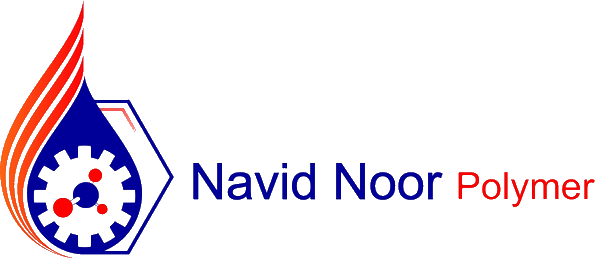
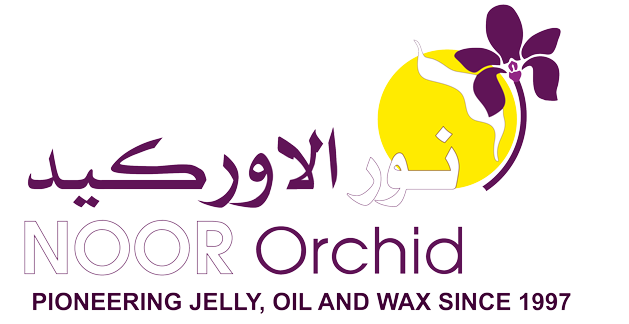





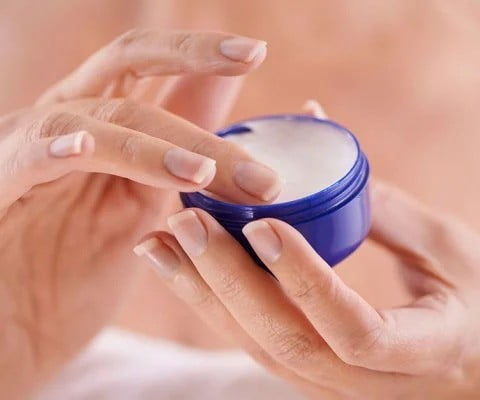
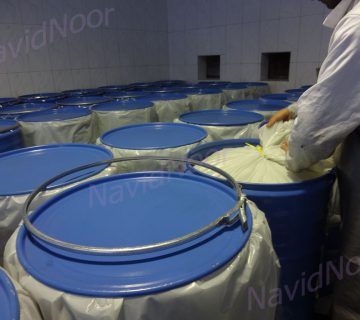
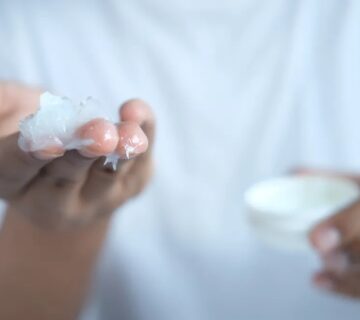
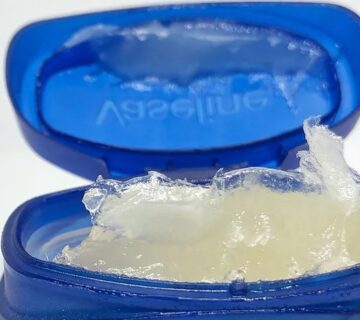
[…] petroleum jelly in pharmaceutical applications […]
[…] advantages. Because of dry air and interior heating, our skin often loses more water in the winter. Applying petroleum jelly helps to lock in water, thereby keeping your skin nice and […]